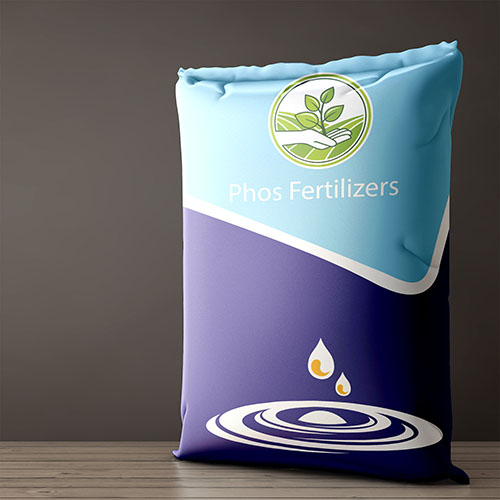Welcome to PhosFertilizers, we hope you will enjoy our products and have good experience
Phosphate Fertilizer
Phosphate Fertilizer

Liquid Phosphate Fertilizer are best used for a quick boost when your lawn needs it the most, such as during droughts and heat waves or if you have brown patches that need attention fast. Unless you’re using a customized lawn care plan, like the one Sunday offers, they should not be used in large doses as this can cause damage to the soil and to the grass.Phosphate Fertilizer programs are very popular. Supplying turf with small amounts of nutrients in liquid form every seven to 10 days can produce consistent growth and acceptable color. Such a program can also be easily adjusted to manage green speeds and expedite turf recovery when necessary.f gardeners do not carefully follow the directions for mixing or applying liquid Phosphate Fertilizer they can cause severe damage to plants and lawns. Too much liquid Phosphate Fertilizer can burn grass, leaving discolored streaks on the lawn, and damage plant foliage. The solution can also leach deep into sandy soils, making it unavailable to the plants' roots. Consequently, liquid Phosphate Fertilizer needs more frequent applications than other types of Phosphate Fertilizer .The University of California IPM warns that overfertilizing contributes to water pollution. Liquid Phosphate Fertilizer can run off the landscape and into storm drains, which affects wetlands and waterways and encourages algae overgrowth.Some granular Phosphate Fertilizer , on the other hand, can create an undesirable growth surge, leach beyond the root zone and may require immediate watering to avoid burning the turf. Organic granular Phosphate Fertilizer may produce unpredictable growth and often must be applied at substantial rates to yield enough nitrogen to make an impact. So, why would anyone consider using granular products?
